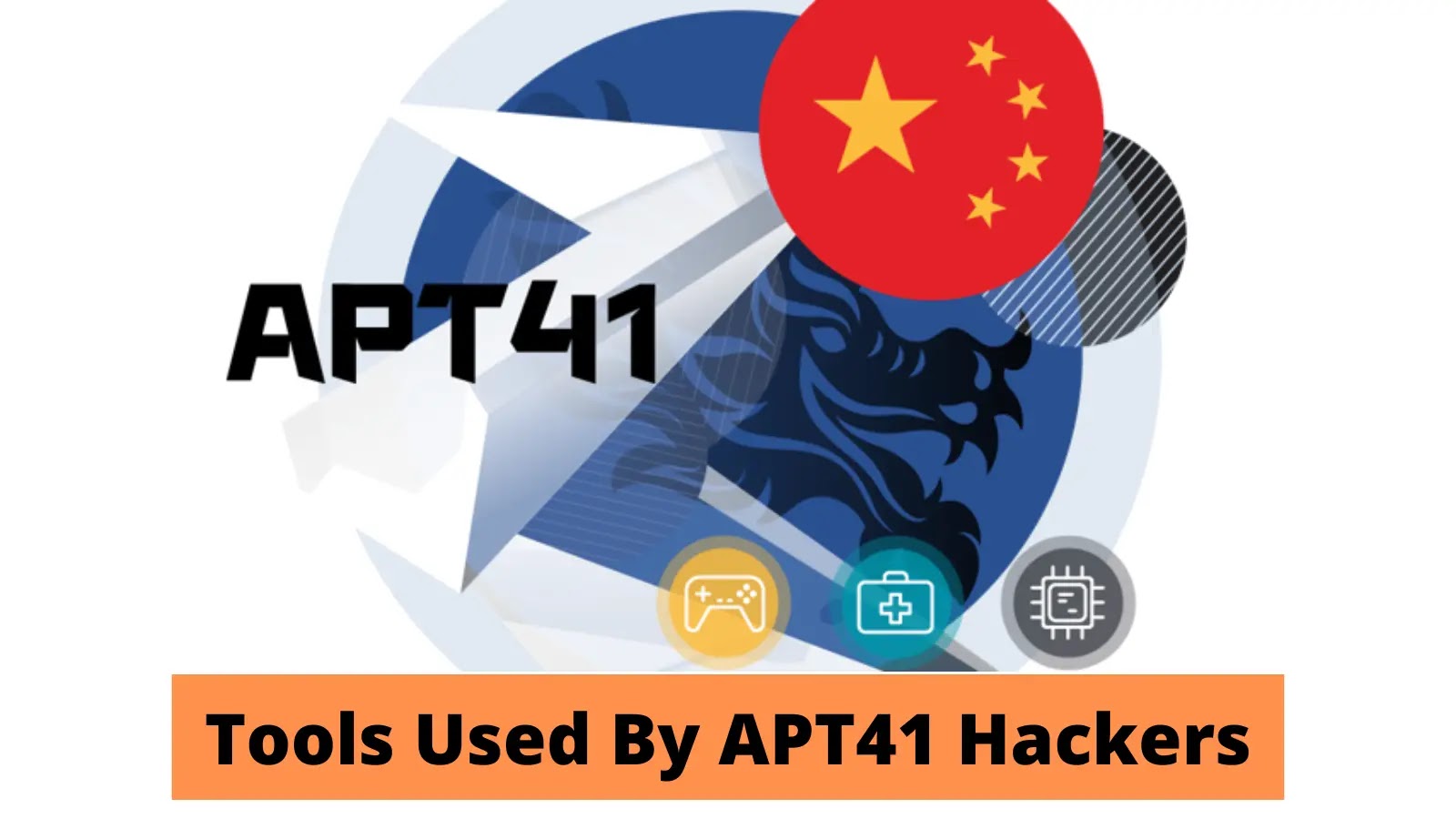Hey there, Bay Area folks! Have you heard about APT41? This cyber threat group has been causing quite a stir in the digital world. They managed to compromise a significant number of companies in sectors like media and entertainment, IT, transportation and logistics, and automotive industries.
This cyber threat doesn’t discriminate based on national borders either. Businesses in Taiwan, Thailand, Turkey, Italy, Spain, and the UK, had been targeted. APT41 has been around since 2023, and they have some serious skills. They’ve been able to maintain unauthorized access to a handful of victims’ networks for a long time, gathering all sorts of sensitive information at their own leisure.
APT41 is not your average cyber threat group. They aren’t just driven by monetary motives but have also engaged in espionage that seems to be state-sponsored?! Now that’s some serious cloak-and-dagger stuff!
So, how did they manage to do it? With the firepower of advanced web shells named ANTSWORD and BLUEBEAM, and the implementation of DUSTPAN and the BEACON backdoor, APT41 was pretty much unstoppable.
Once they were in, APT41 employed toolkits like DUSTTRAP, which enabled interactive keyboard usage. It’s like a ninja, decrypts a malicious payload in memory, and then leaves as little evidence behind as possible, which can be quite a headache for forensic analysis.
And, to add salt to the wound, they used a cyber tool called PINEGROVE. This tool allowed them to extract vast amounts of sensitive data from the compromised networks systematically and effectively. They then stashed this pilfered data into OneDrive for later analysis. They also utilized SQLULDR2, another nifty tool used to export data from Oracle databases.
Their in-memory dropper, DUSTPAN, was disguised as a Windows binary, and after execution, their BEACON payloads would use channels like Cloudflare Workers for communication. DUSTTRAP, another of their armaments, is a multi-component, multi-stage plugin framework. This was used to open channels of communication with either APT41-controlled infrastructure or a compromised Google Workspace account.
Now, this is where things get intriguing. They found out the malware and accompanying components used during the attack were likely signed with stolen code-signing certificates. One of them is believed to belong to a South Korean business engaged in gaming.
In addition to getting your Oracle data, the command-line tool SQLULDR2 was used and PINEGROVE was implemented during their data mining operations. PINEGROVE is a Go-based command-line uploader that can be used to gather and submit files to OneDrive via the OneDrive API.
What’s interesting is that APT41’s continuous attacks on the gaming industry for personal gain has actually had an influence on their strategies in their espionage activities. It’s like they worked it out on smaller scales and then took it big time.
So, there you have it folks, a closer look at just how sophisticated and damaging cyber threat groups like APT41 can be. It’s a cautionary tale for all of us to invest time and resources in protecting our data and businesses from such threats. Stay safe out there in the digital world, folks!
by Morgan Phisher | HEAL Security



![New data reveals the massive pay gap for women ER doctors [PODCAST] New data reveals the massive pay gap for women ER doctors [PODCAST]](https://i1.wp.com/kevinmd.com/wp-content/uploads/Design-4-scaled.jpg?w=0&resize=0,0&ssl=1)